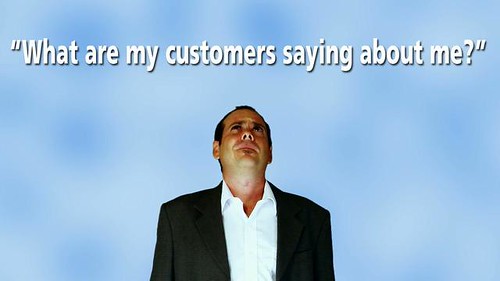Image by damien_nissa
It is likely that today's vibrant and growing social Web would not exist without RSS. RSS (short for "Really Simple Syndication" or alternatively "Rich Site Summary") gives you the ability to selectively subscribe to automatic updates from a staggering number of sources, including more than million blogs, microblogs, social networks, video and file sharing sites, news sources, and so on. Without RSS (or a similar service), it would be necessary to manually visit each of these sites to discover and read new content, thus, vastly restricting the possible scope and magnitude of the social Web.
RSS has been called the modern day "Online Paperboy." RSS lets site owners syndicate and, hence, distribute content automatically. It enables the delivery of updated RSS documents, often called feeds or channels. These feeds notify you about everything from new blog posts to recent music releases. As a consequence, most high traffic Web sites offer an RSS feed to their sites. Typically, the feed appears as a button labeled "XML," "RSS," or "Subscribe To." Since you must click this button to subscribe to an RSS feed, chances are good that the content you receive will satisfy your needs and tastes. So why should a business use RSS to monitor a social media marketing campaign? The most obvious answer is to track progress in achieving campaign goals. By using RSS to subscribe to the sites where you have concentrated your efforts, you can observe the results with an RSS Reader (also called a News Aggregator or News Reader). An RSS Reader usually displays the titles and brief descriptions of fresh content, making it simple to skim the list, find and click a relevant item, displaying the entire article, post, or video. Popular RSS Readers include Google Reader, Bloglines, and My Yahoo!--as well as built-in RSS Readers in products like Microsoft Internet Explorer.
RSS has been called the modern day "Online Paperboy." RSS lets site owners syndicate and, hence, distribute content automatically. It enables the delivery of updated RSS documents, often called feeds or channels. These feeds notify you about everything from new blog posts to recent music releases. As a consequence, most high traffic Web sites offer an RSS feed to their sites. Typically, the feed appears as a button labeled "XML," "RSS," or "Subscribe To." Since you must click this button to subscribe to an RSS feed, chances are good that the content you receive will satisfy your needs and tastes. So why should a business use RSS to monitor a social media marketing campaign? The most obvious answer is to track progress in achieving campaign goals. By using RSS to subscribe to the sites where you have concentrated your efforts, you can observe the results with an RSS Reader (also called a News Aggregator or News Reader). An RSS Reader usually displays the titles and brief descriptions of fresh content, making it simple to skim the list, find and click a relevant item, displaying the entire article, post, or video. Popular RSS Readers include Google Reader, Bloglines, and My Yahoo!--as well as built-in RSS Readers in products like Microsoft Internet Explorer.
In addition to watching for positive feedback, you can use RSS to spot negative comments that can quickly snowball into a consumer uprising. In this day and age, companies simply cannot afford to ignore what is being said about them on the social Web. Just ask the folks at Kryptonite Bike Lock Company. In the classic Kryptonite saga, where someone on the bikeforums.net forum posted how to open a Kryptonite lock with a Bic pen. Then came a video showing how to pick the lock with a pen. The story of this flaw quickly spread to other social media sites, until it was picked up and published in The New York Times! The Associated Press syndicated the story, spreading it to dozens of other media outlets. Imagine the cost to the Kryptonite Bike Lock Company in terms of lost sales and bad PR.
If the company had been monitoring the social Web, it might well have been able to respond to this flaw early on and stem or even prevent the tide of bad press. The moral of this tale is that it is critical for marketers and public relations professionals to listen to the social Web, looking for mentions of their company, brand, product, or service. This is no longer an optional activity.
The following resources provide great insights about how to use RSS to track your social media marketing campaign progress:





